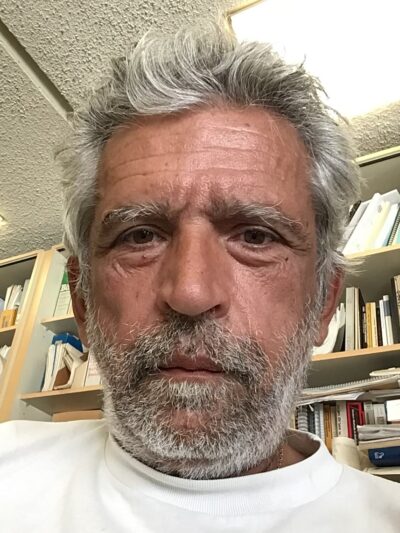
Keynote Lecture
Spyros Voutsinas
Professor
School of Mechanical Engineering
National Technical University of Athens, Greece
Faculty member of the School of Mechanical Engineering at NTUA since 1991. He received his PhD from NTUA on Unsteady Aerodynamics and carried on his career working on Aerodynamics and related topics such as Aeroelasticity and Aeracoustics. In terms of applications his focus was on Wind Turbines and Helicopters. He has been active in numerous EU-funded projects on these topics, in four of them as co-ordinator.
Lecture title:
Vortex induced vibrations in aerodynamics
In aerodynamics external flows are often dominated by vorticity which is linked to the vortex structures that are formed in the wake of solid bodies. Such structures induce velocity and therefore pressure variations both back to the body where-from they are released, and to any other body on which they impinge. If in addition the solid body (or configuration) is flexible then it is quite frequent that flow-structure interaction will lead to vibrations which under certain conditions means at least degradation of the structure or even failure.
From a practical stand point, vortex induced vibrations (VIV) are critical in many applications; e.g. helicopter rotors, wind turbines, risers, nucleal cooling etc. Also from a theoretical/numerical point of view the topic is quite challenging due to the strong non-linear character of the interaction between the flow and the structure. While there have been important experimental works in this respect, the focus will be on the theoretical/numerical aspect of the topic. In particular, hybrid Eulerian-Lagrangian numerical solvers will be presented together with results from two cases. The method combines conventional CFD (of the finite volume type) close to the boundaries with an underlying “flow carpet” of moving particles. The specific method was first introduced aas a “vortex method” but then extended to also treat compressible flows.
In terms of results, the first set, concerns the interaction of two elastically mounted cylinders in close tandem arrangement that are excited by the same flow but oscillate independently. Depending on the external conditions, different wake patterns are formed that lead to different kind of vibrations; a point that will be discussed. The second concerns the aeroelastic behaviour of a helicopter that has its blades flexible. In this respect predictions will be compared to test data taken on a scaled BO105 helicopter in the DNW tunnel.